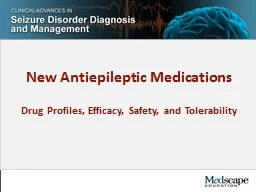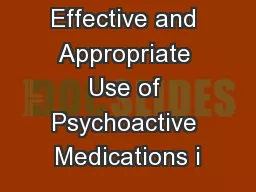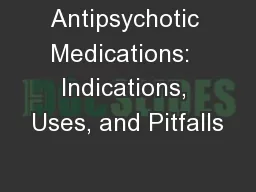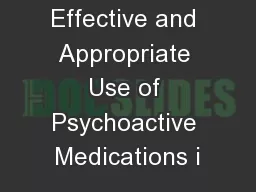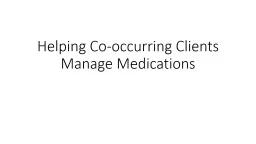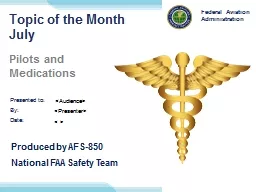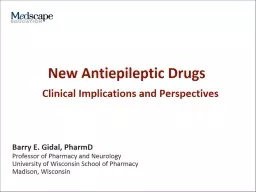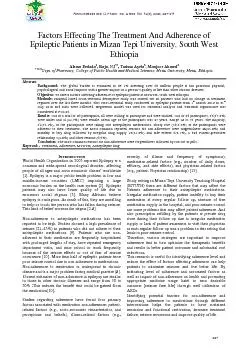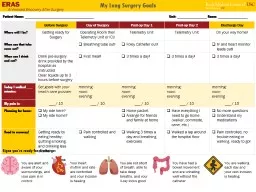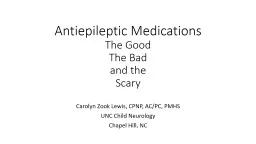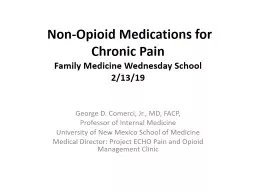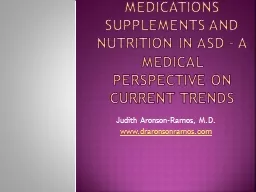PPT-New Antiepileptic Medications
Author : conchita-marotz | Published Date : 2019-03-19
Drug Profiles Efficacy Safety and Tolerability Evolving Epilepsy Therapy Treatments Firstgeneration AEDs 19301980s Secondgeneration AEDs 19842006 Thirdgeneration
Presentation Embed Code
Download Presentation
Download Presentation The PPT/PDF document "New Antiepileptic Medications" is the property of its rightful owner. Permission is granted to download and print the materials on this website for personal, non-commercial use only, and to display it on your personal computer provided you do not modify the materials and that you retain all copyright notices contained in the materials. By downloading content from our website, you accept the terms of this agreement.
New Antiepileptic Medications: Transcript
Download Rules Of Document
"New Antiepileptic Medications"The content belongs to its owner. You may download and print it for personal use, without modification, and keep all copyright notices. By downloading, you agree to these terms.
Related Documents

